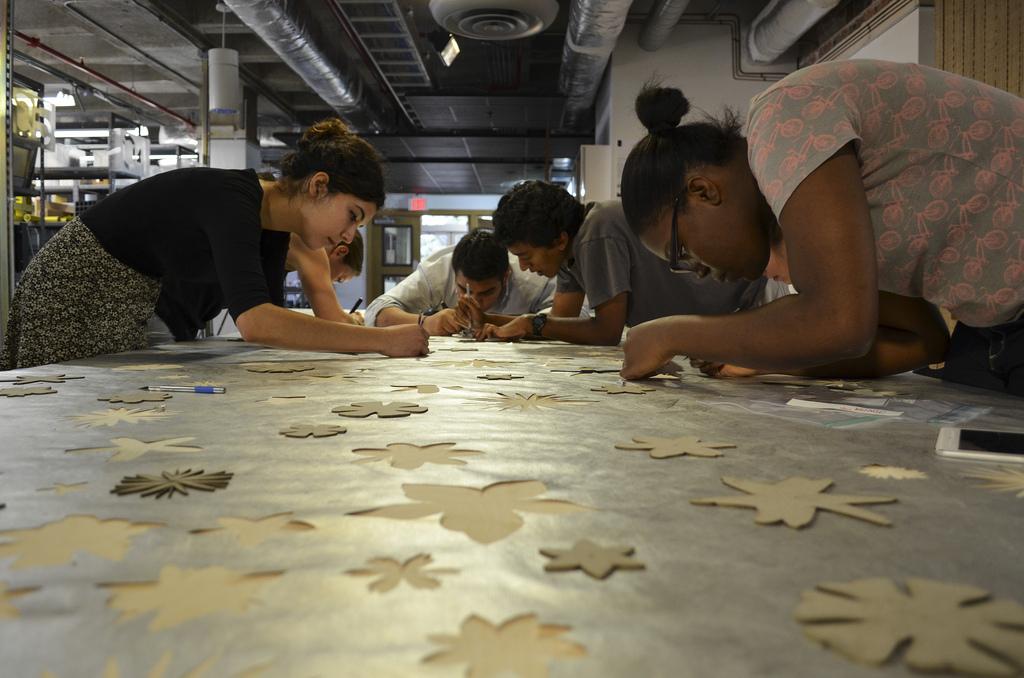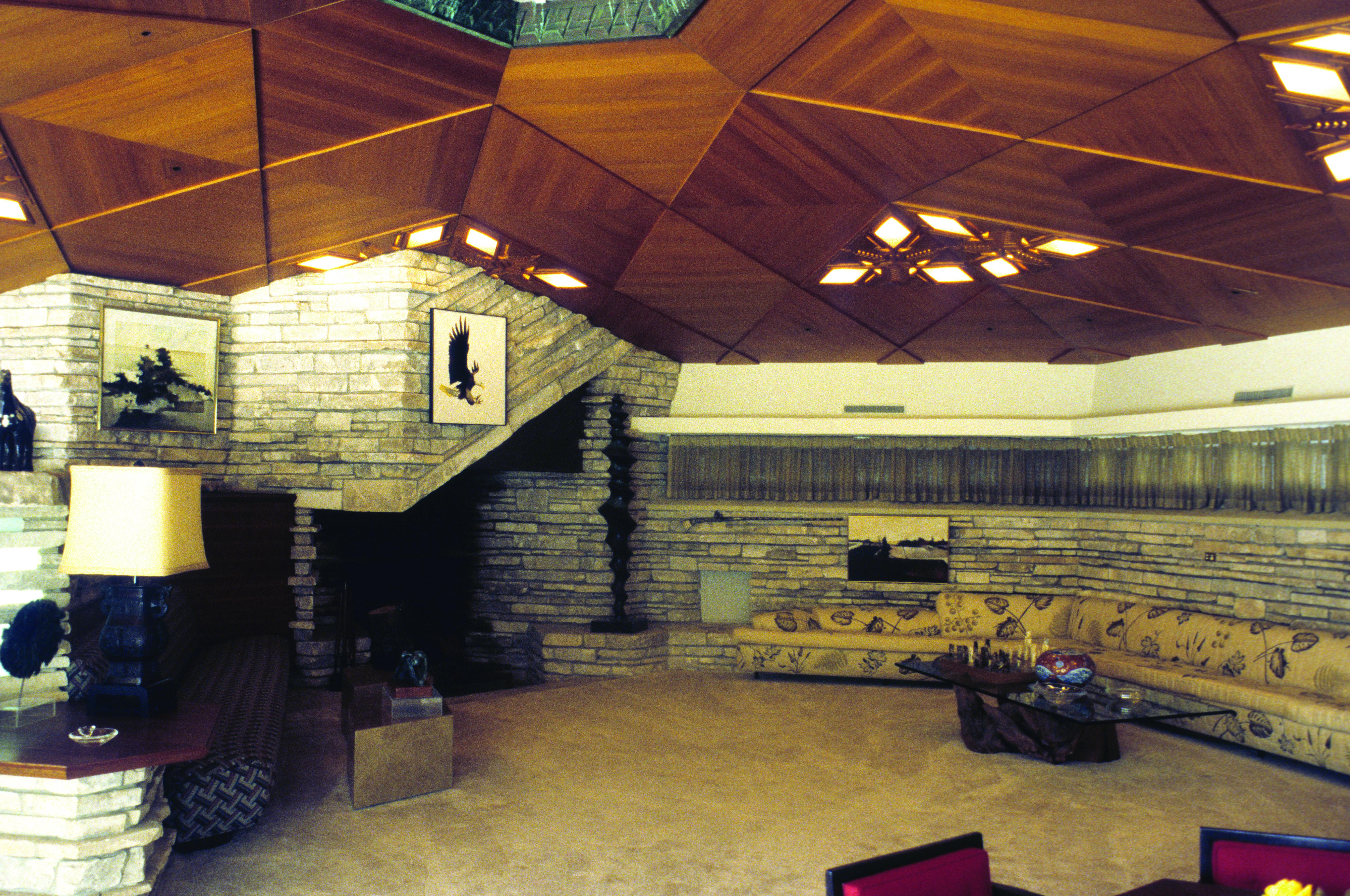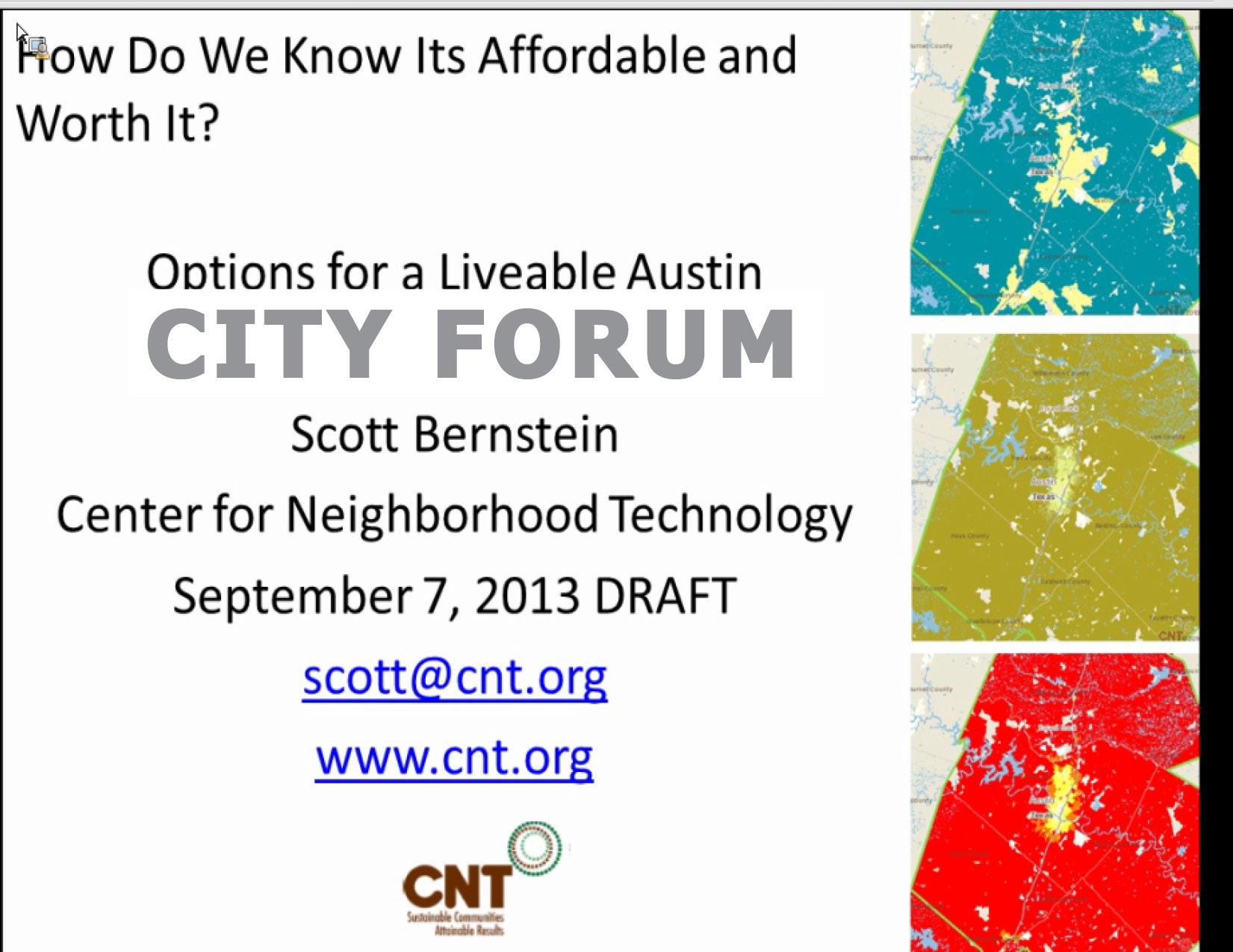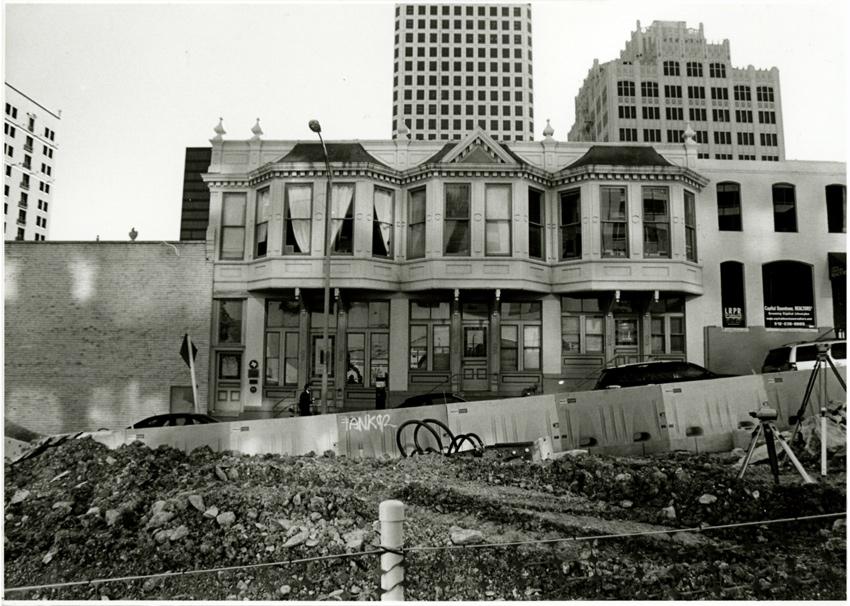William Niendorff, MLA '15, led a workshop to revitalize our living wall. The living wall was designed and fabricated by Sophie Monahan, M.Arch '14, as part of an independent research project in the Materials Lab.

RECORDING HERE
Immaculata Ifunanya Nwokoro discusses Lagos, Nigeria's massive growth into a megacity and the challenges of planning in such context.

CURTAINS is a multi-site installation, exhibition, and publication event designed to explore the use of fabrics in contemporary art and architecture—not in the form of rigid tensile structures, nor in the form of cladding or upholstery, but in their more relaxed, natural forms: curtains associated with windows, yes, but also defining and activating spaces indoors and out, billowing overhead as canopies, catching and using wind like sails, creating shade, diffusing light, holding color in their folds, filtering views, absorbing sound, showing the wind, and making theater of the everyday

"Think Concrete" showcases a unique selection of work on concrete from the School of Architecture, College of Fine Arts, and Cockrell School of Engineering. Each project is accompanied with a material report that details the fabrication or experimentation process.
Featured work:
"Cast Planks," Public Interest Design studio, Adjunct Professor Coleman Coker, School of Architecture, Summer 2013
"Circle with Towers," Sarah Hunter, Advisor Frances Gale, School of Architecture - Historic Preservation, Spring 2013

As part of Assistant Professor Igor Siddqui's larger body of work, Millefleur explores the tradition of floral patterns in applied arts and their re-emergence in the age of digital craft. Professor Siddiqui discussed his creative process leading to the concept for the piece, and participants contributed to its design through hands-on making. The completed installation reflects the desires, dynamics, and interaction among the workshop participants.

In celebration of the Interior Design program’s 101st year at The University of Texas at Austin and 15th year in the School of Architecture, the Visual Resources Collection (VRC) has selected images from its holdings focused on interiors, highlighting the varied interiors and furniture that have spanned the century.
The VRC’s images support teaching and research and are available to UT affiliates from the following page.

RECORDING HERE
Center for Neighborhood Technology discusses affordability, liveability and inclusivity in Austin's changing regional economy

PROTOTYPE seminar, Spring 2013
Assistant Professor Igor Siddiqui

The exhibited images highlight Austin's Congress Avenue, with full color streetscapes captured in the 1950s and 60s alongside scenes of Congress and its environs as they stand today. The exhibit's historical images are available from the Texas Architecture: A Visual History Website and the VRC's Online Image Collection. Contemporary images were composed by VRC staff members and developed and printed in the UTSOA Darkroom, a resource managed by the VRC and available to all currently enrolled UTSOA students.

